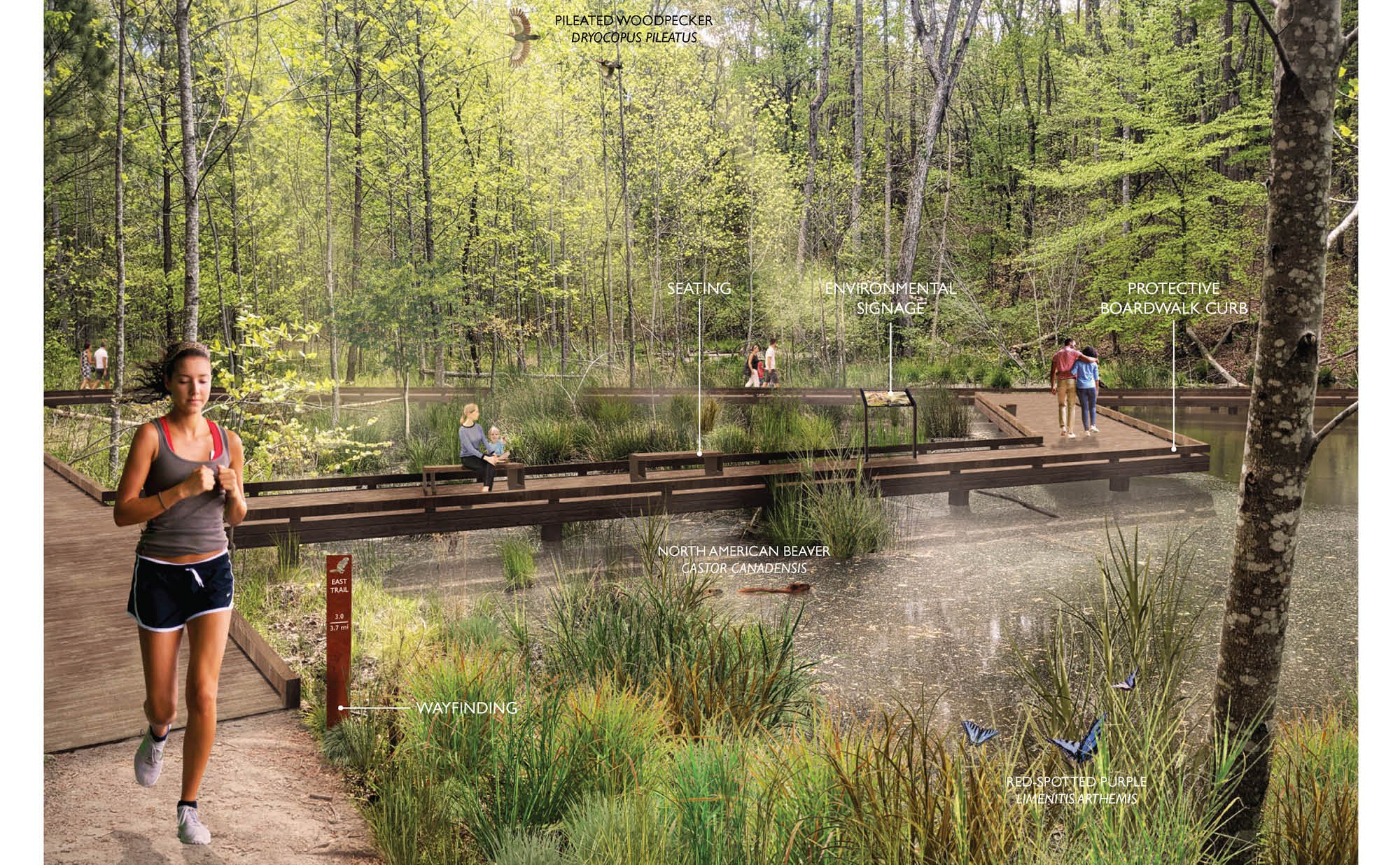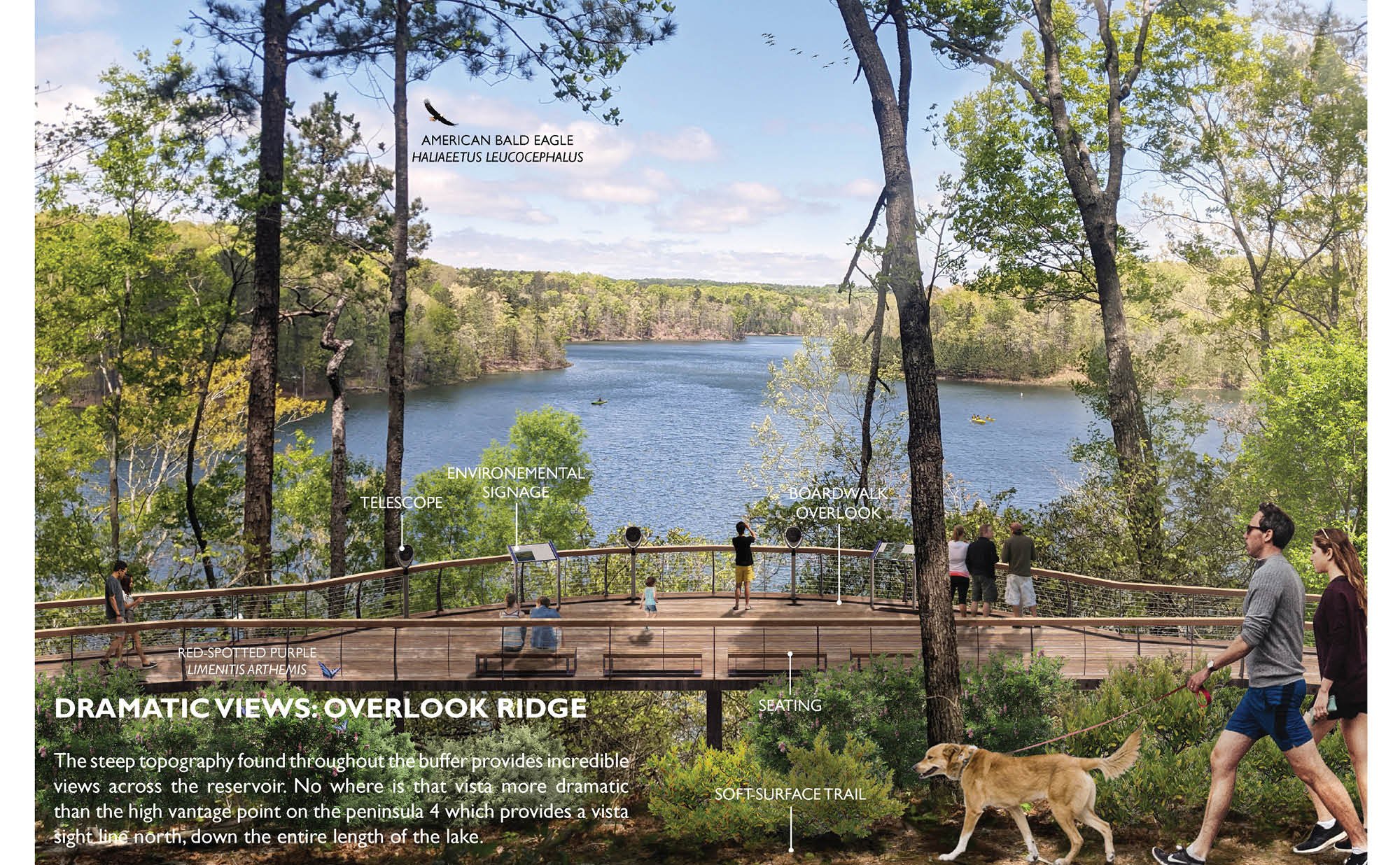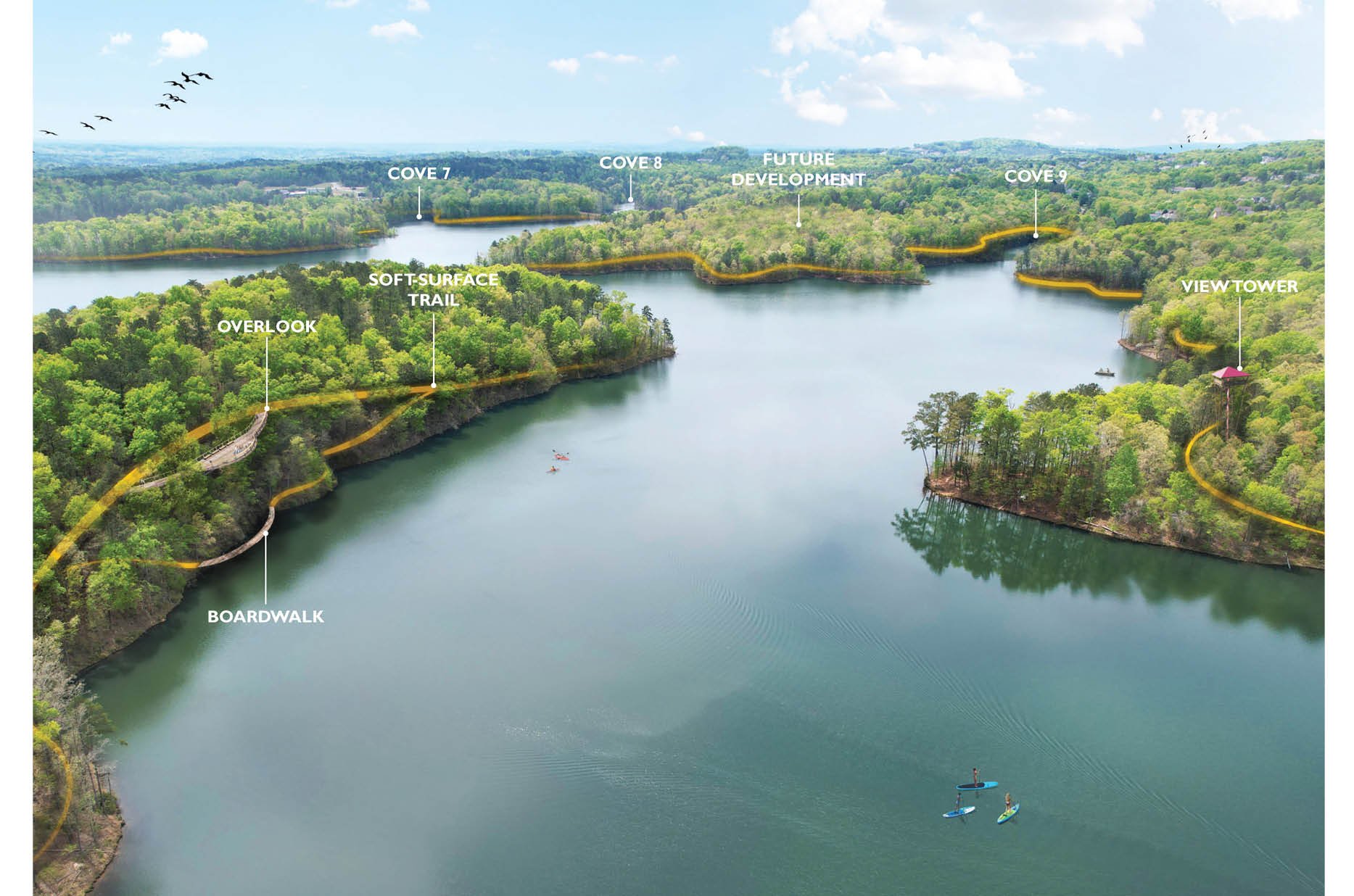Hickory Log Creek Reservoir
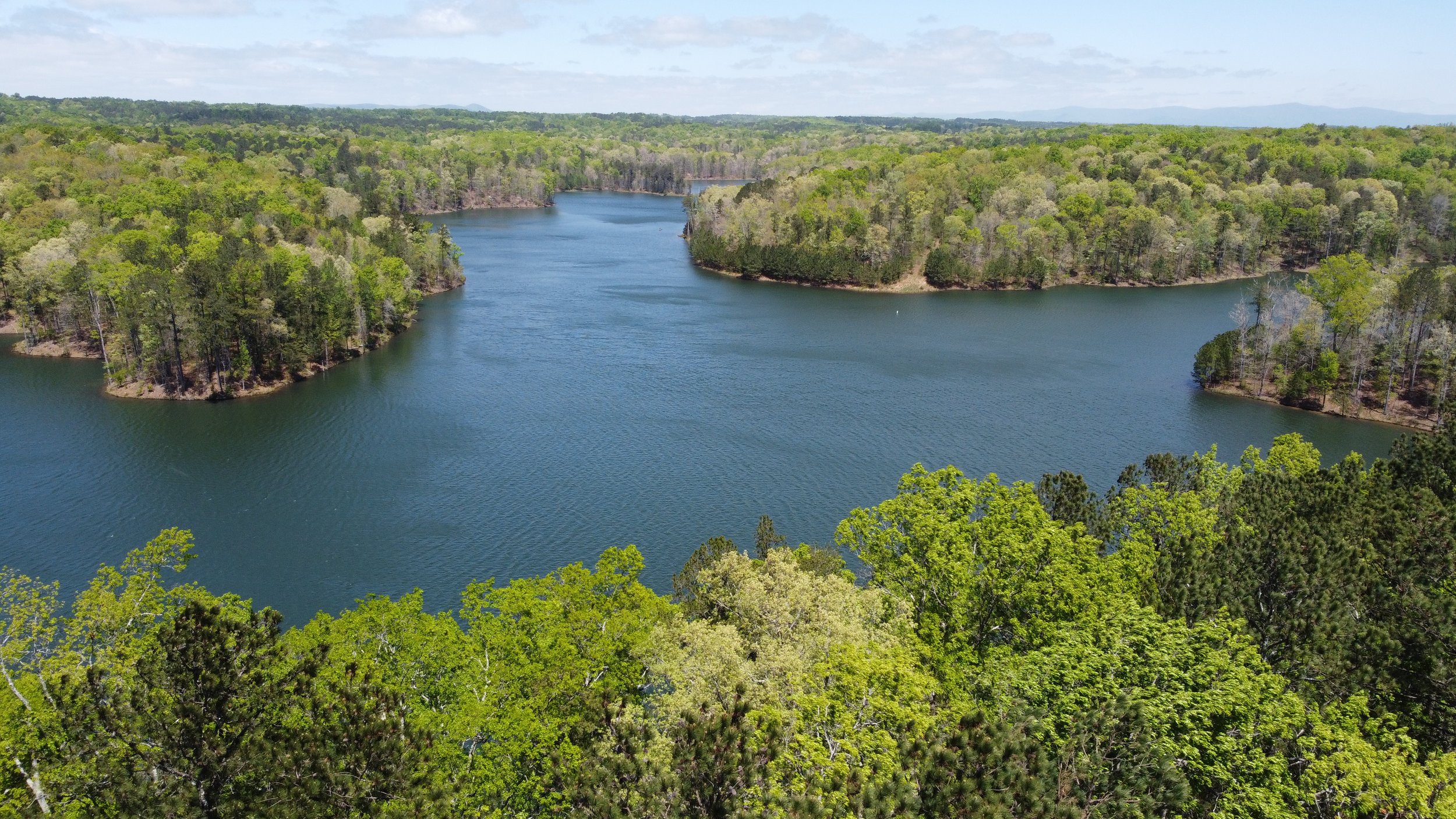
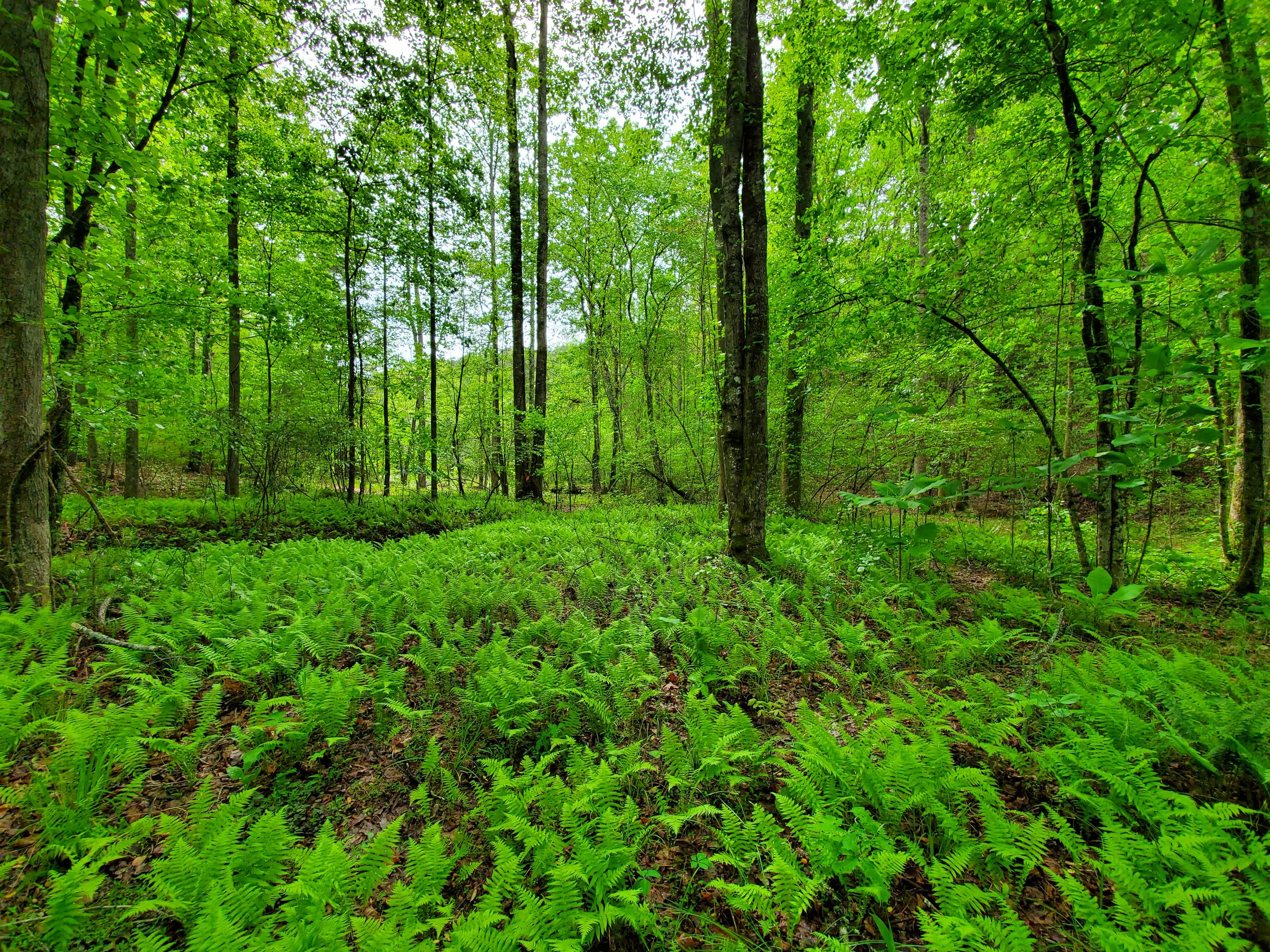
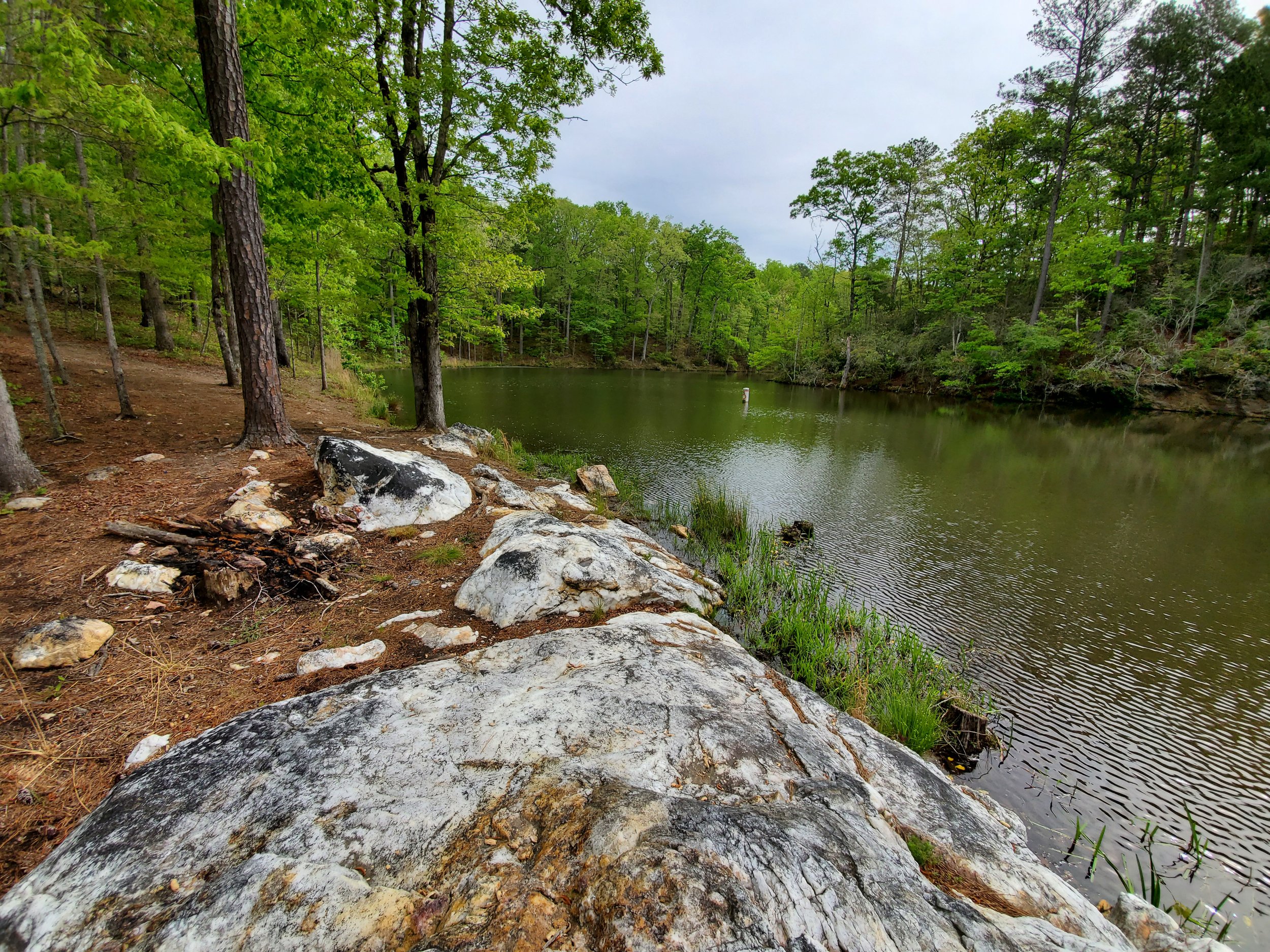
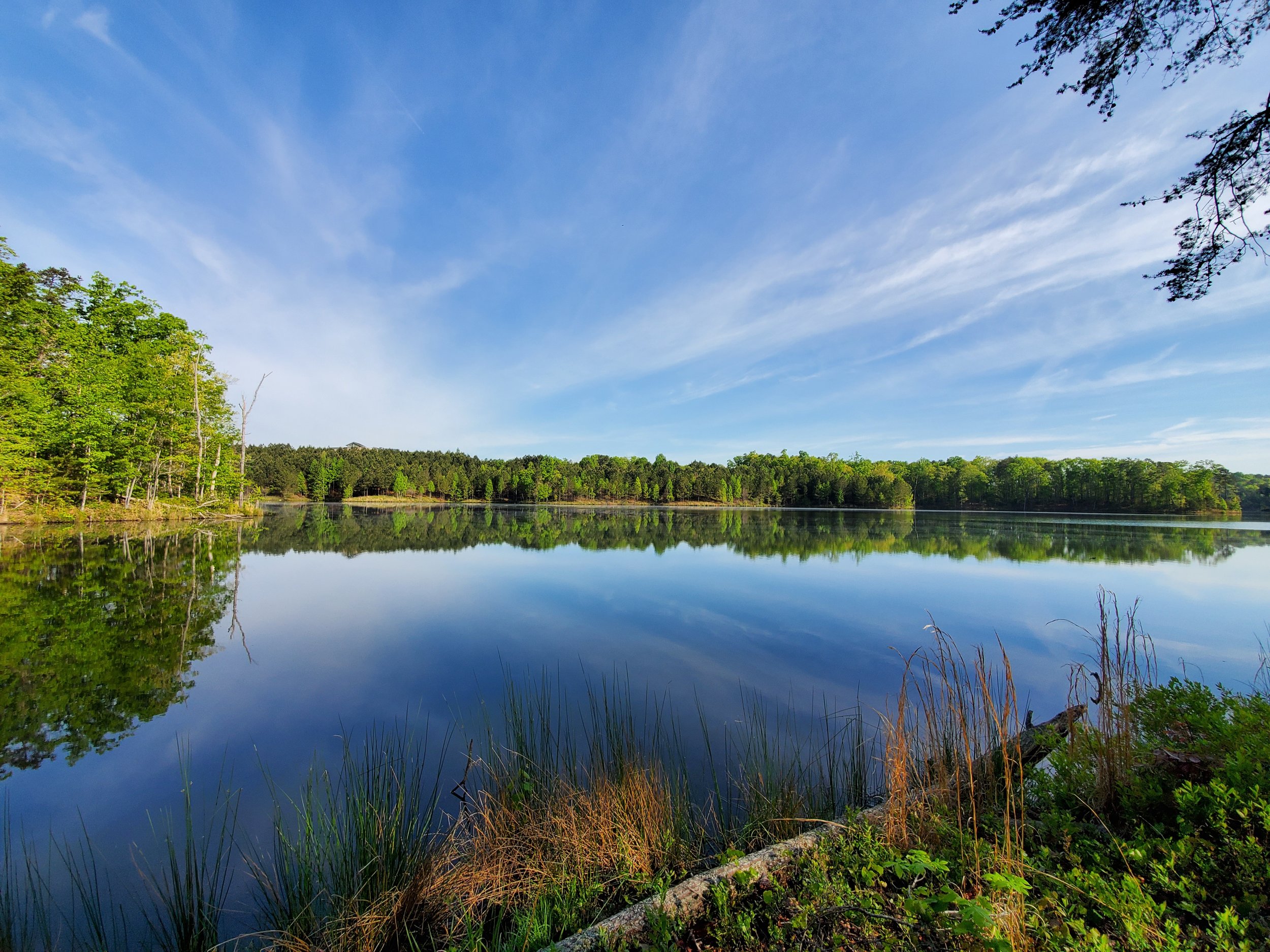
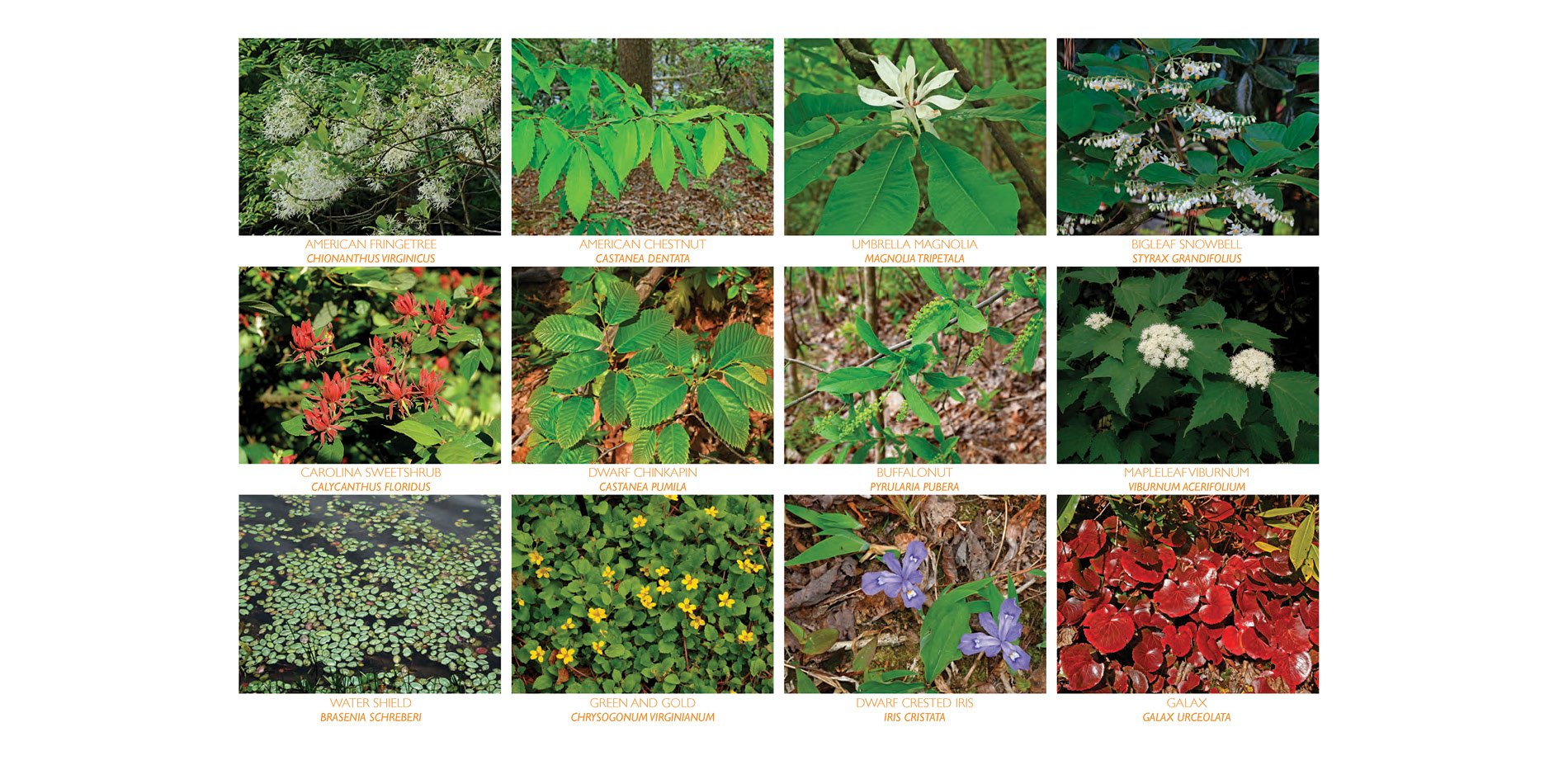
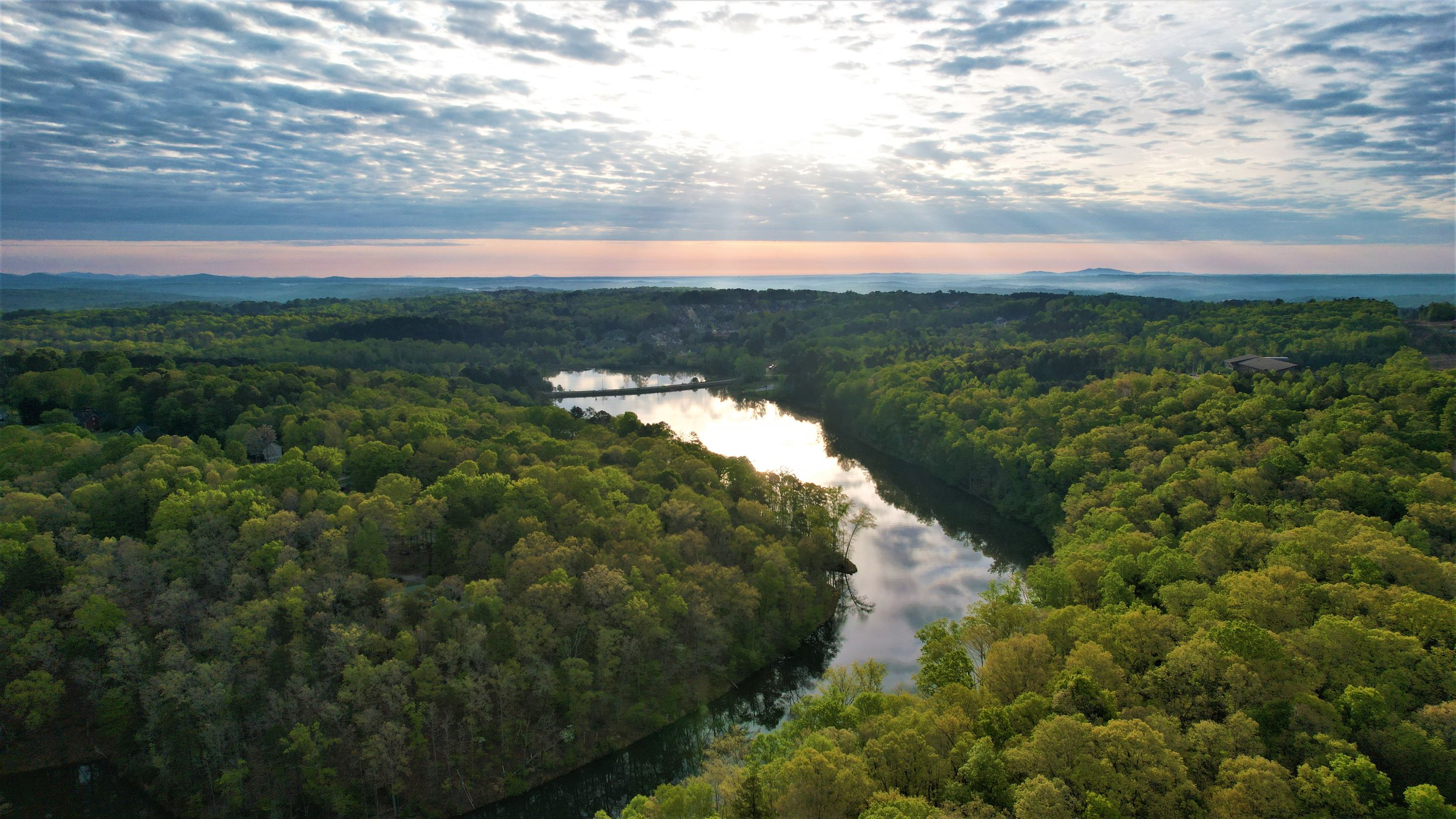
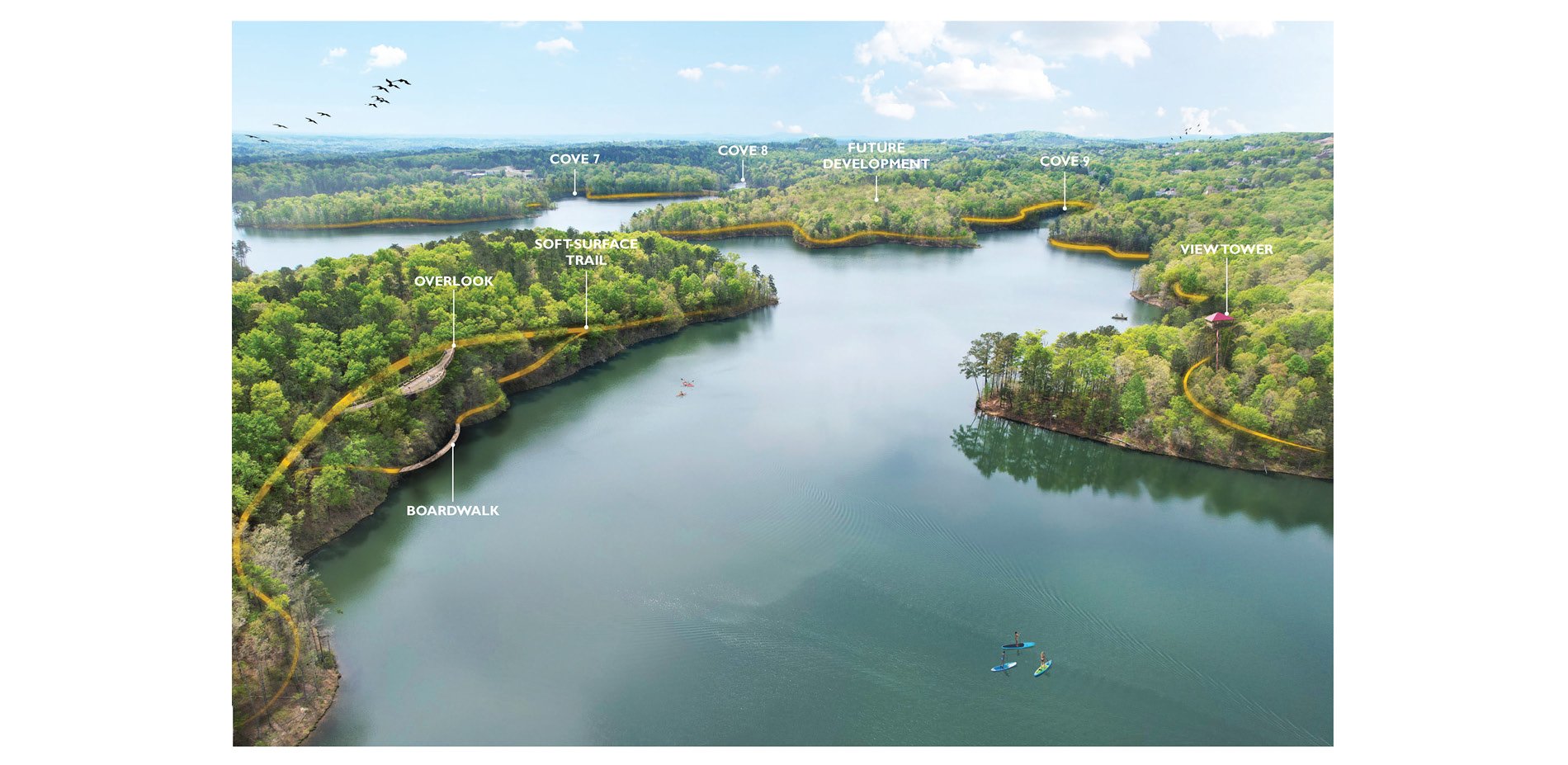
Hickory Log Creek Reservoir
In response to the 2007 drought in Georgia, several new reservoirs were built within the north Georgia watersheds with the primary goal of increasing water storage capacity for the burgeoning region. Included in the response and 2009 Reservoir Management Plan was the impoundment of Hickory Log Creek Reservoir, which captures a tributary of the Etowah River and restricts properties from developing within a 150-foot buffer of the reservoir. The management plan contained numerous rules confining development and infringement into the reservoir and its associated buffer but did not provide significant guidelines on recreational water use or perform an analysis of site conditions.
The City of Canton wanted to understand the potential of the site for recreational use, and retained HGOR to provide site analysis and program assessment of the buffer. Upon first steps on site, it was immediately apparent that this was no ordinary environment.
SITE ANALYSIS
Upon the initial site visit, the team discovered the buffer represented a unique forested environment of a mature mix of mountain and piedmont species, a diversity of plants and the presence of threatened species - making the site an excellent place for environmental education.
Additional sensitive features discovered in the analysis included a multi-tiered beaver dam, pristine streams, quartz outcrops and magnificent views across the reservoir. The initial analysis document included ample imagery of the unique habitats and species to reveal to the client the incredible beauty of the property.
An intriguing aspect of the buffer was how the peninsulas that formed the reservoir ran in an east/west orientation, forming distinctive north-facing and south-facing slopes. Understory species, predominant in the piedmont, were identified on the south-facing slopes, and species more typical of the mountains were discovered on the steep north-facing slopes.
DESIGN PROCESS
HGOR recognized that any recreational opportunities within the reservoir buffer would have to balance environmental sensitivity with the desire for access to the land and water, without diminishing the natural qualities that would create negative impact and attract criticism. Key to this balance was a connective low-impact trail system to take full advantage of the area’s sights and sounds, bringing the community into this otherwise secluded habitat.
The peninsula/cove outline of the reservoir created surprises around every corner, along with spectacular views. Several botanically-rich areas were identified as suitable environmental education opportunities. Boardwalks were also proposed to provide access to the most sensitive habitats, including an extensive terraced beaver dam network. Other design decisions exemplified in the planning document include placing docks within coves to preserve views in the heart of the lake and proposing structures that could be placed on pylons, limiting land disturbance such as rope courses through the tree canopy, zip lines across the narrow coves, yurts for overnight camping and observation towers to provide a unique perspective of the greater reservoir.
Ample seating opportunities were proposed throughout the trails’ extents. The secluded nature of the residential section would continue to be preserved in its present state with a low-impact trail and educational signage.
| Location | Canton, Georgia |
| Year Completed | 2021 |
| Size | 411 acres |
| Design Team | Steve Sanchez |
Awards
Merit Award: Analysis & Planning, Georgia Chapter American Society of Landscape Architects, 2022
SIMILAR PROJECTS


